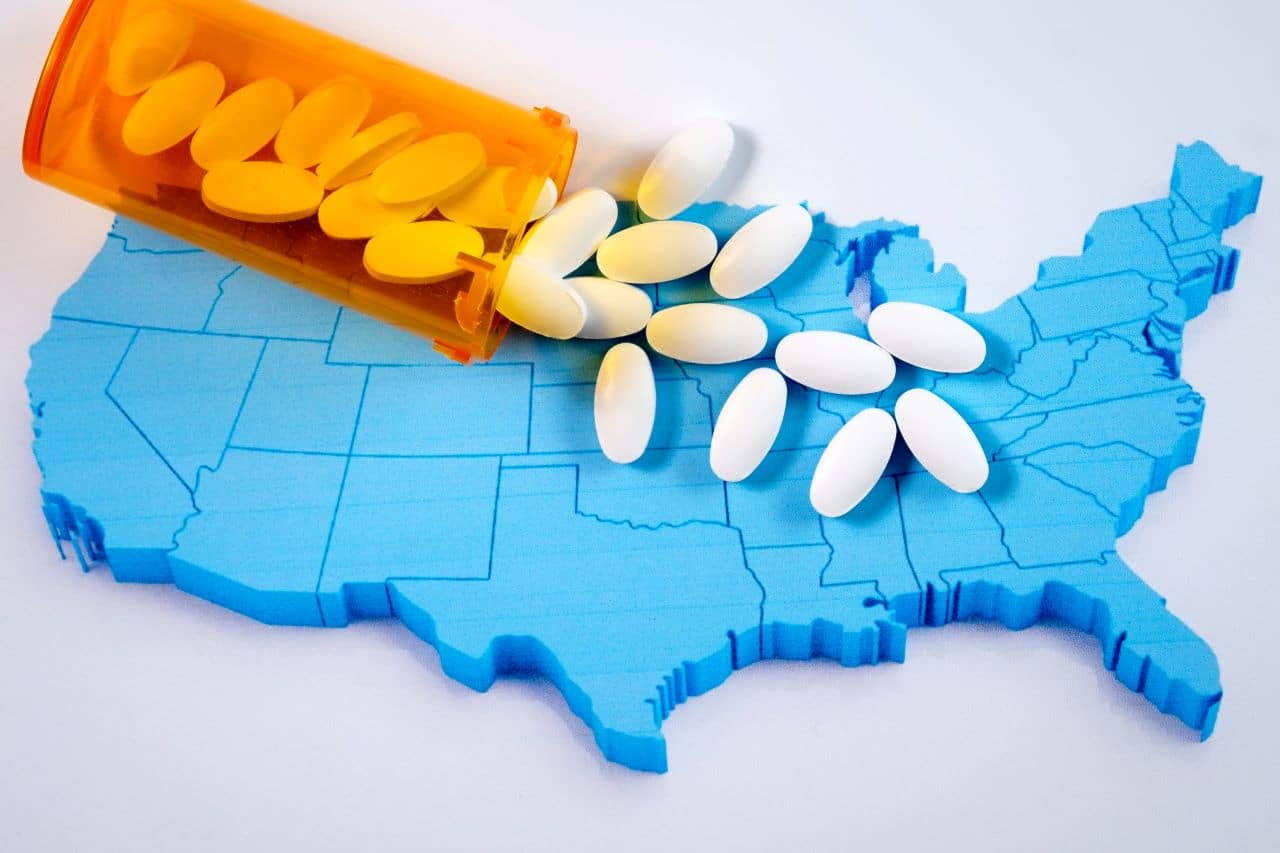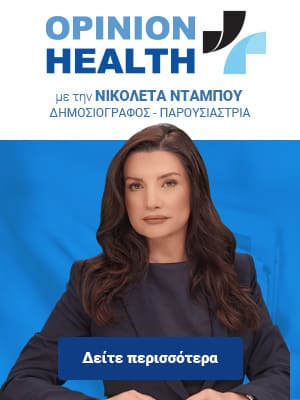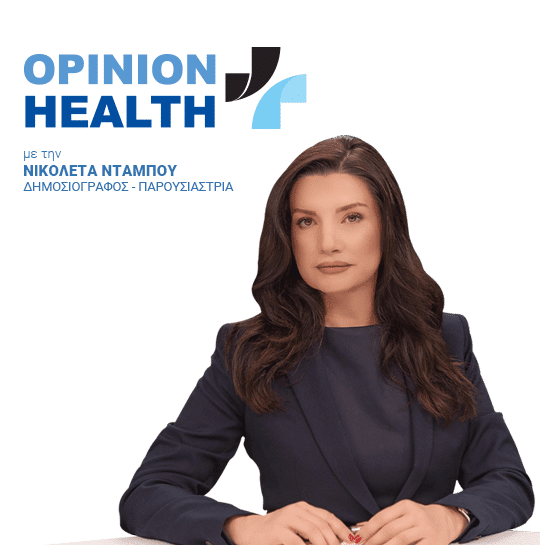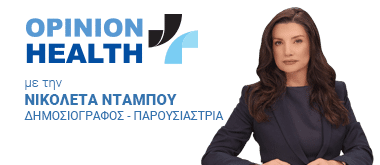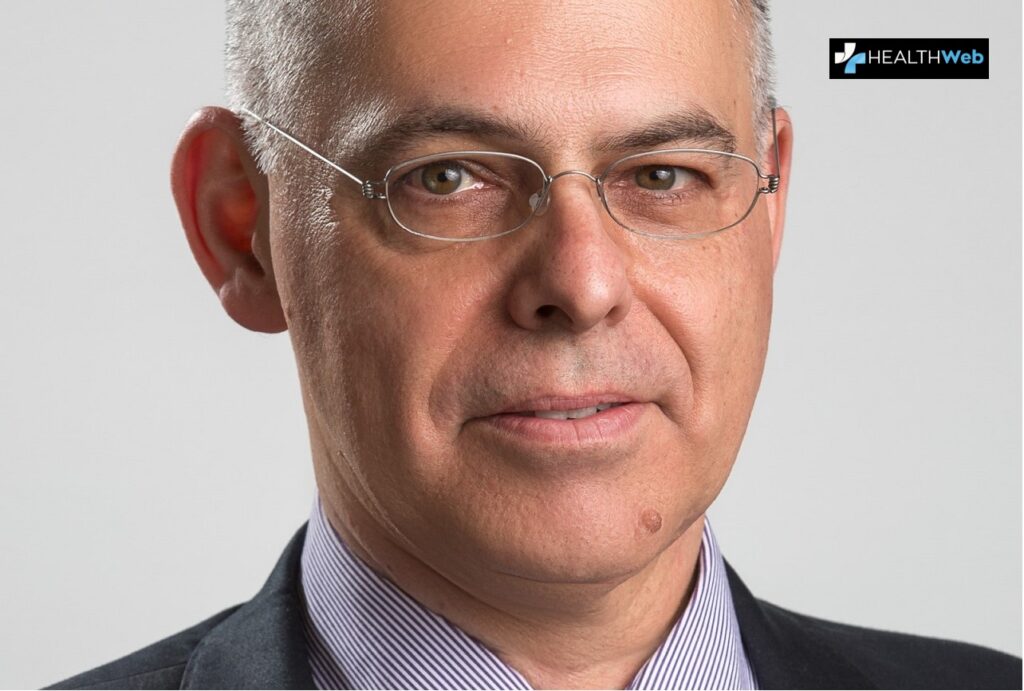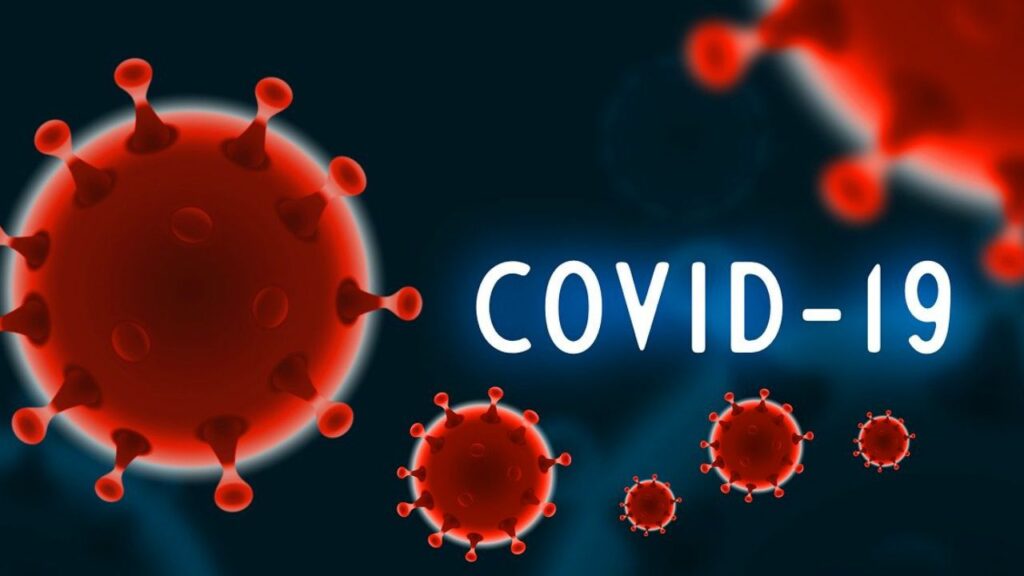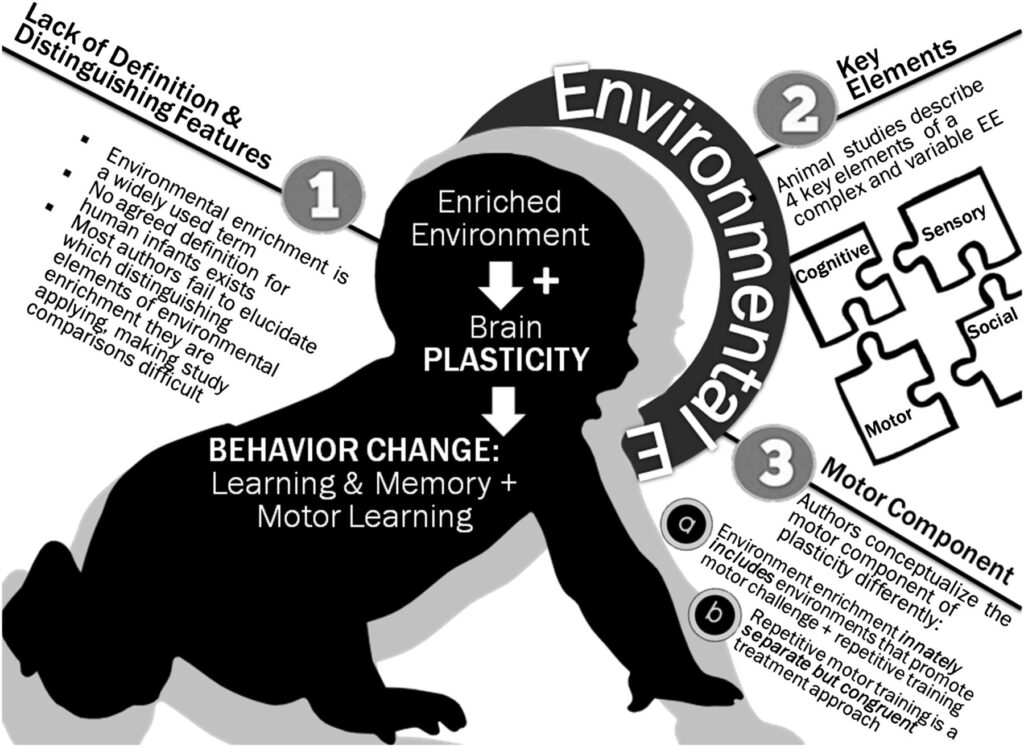Prescription and illegal opioids are commonly abused because they are so addictive.
Opioid medications bind to the areas of the brain that control pain and emotions, driving up levels of the feel-good hormone dopamine in the brain’s reward areas and producing an intense feeling of euphoria.
As the brain becomes used to the feelings, it often takes more and more of the drug to produce the same levels of pain relief and well-being, leading to dependence and, later, addiction.
Experts say the United States is in the throes of an opioid epidemic. In 2017,
an estimated 1.7 million individuals in the United States suffered from substance use disorders related to prescription opioid pain relievers and 652,000 suffered from a heroin use disorder.
Opioids are drugs formulated to replicate the pain-educing properties of opium. They include both legal painkillers like morphine, oxycodone, or hydrocodone prescribed by doctors for acute or chronic pain, as well as illegal drugs like heroin or illicitly made fentanyl. The word “opioid” is derived from the word “opium.”
During 2017, there were
more than 70,200 overdose deaths in the United States and 47,600 of those
overdose deaths involved opioids.
More than 130 people died every day from opioid-related drug overdoses in 2016 and 2017, according to the US Department of Health & Human Services (HHS).
Prescription opioid volumes peaked in 2011, with the equivalent of 240 billion milligrams of morphine prescribed
, according to the market research firm, IQVIA Institute for Human Data Science. The volume declined to about 171 billion milligrams of morphine in 2017, a 29% drop.
Common opioids:Opioids bind to receptors in the brain and spinal cord, disrupting pain signals. They also activate the reward areas of the brain by releasing the hormone dopamine, creating a feeling of euphoria or a “high.”
Hydrocodone and oxycodone are semi-synthetic opioids, manufactured in labs with natural and synthetic ingredients. Between 2007 and 2016, the most widely prescribed opioid was hydrocodone (Vicodin). In 2016, 6.2 billion hydrocodone pills were distributed nationwide. The second most prevalent opioid was oxycodone (Percocet). In 2016, 5 billion oxycodone tablets were distributed in the United States, according to IQVIA.
According to two national surveys conducted by the National Center for Health Statistics, covering 78,000 visits to emergency rooms and outpatient clinics by teens and young adults between 2005 and 2015, 15% of ER visits and three percent of outpatient visits resulted in an opioid prescription.
The International Narcotics Control Board reported that in 2015, Americans represented about 99.7% of the world’s hydrocodone consumption.
Fentanyl is a fully synthetic opioid, originally developed as a powerful anesthetic for surgery. It is also administered to alleviate severe pain associated with terminal illnesses like cancer. The drug is up to
100 times more powerful than morphine. Just a small dose can be deadly. Illicitly produced fentanyl has been a driving factor in the number of overdose deaths in recent years.
Methadone is another fully synthetic opioid. It is commonly dispensed to recovering heroin addicts to relieve the symptoms of withdrawal.
People who become dependent on opioids may experience withdrawal symptoms when they stop taking the pills.
Dependence is often coupled with tolerance, meaning that opioid users need to take increasingly larger doses of the medication for the same effect.
About 11.4 million Americans misused opioids in 2017, including 11.1 prescription misuers and and 886,000 heroin users.
In August 2017,
Attorney General Jeff Sessions announced the launch of an
Opioid Fraud and Abuse Detection Unit within the Department of Justice. The unit’s mission is to prosecute individuals who commit opioid-related health care fraud. The DOJ is also appointing US attorneys who will specialize in opioid health care fraud cases as part of a three-year pilot program in 12 jurisdictions nationwide.
On October 24, 2018,
President Donald Trump signed
opioid legislation into law. The
SUPPORT for Patients and Communities Act includes provisions aimed at promoting research to find new drugs for pain management that will not be addictive. It also expands access to treatment for substance use disorders for Medicaid patients.
State legislatures are also introducing measures to regulate pain clinics and limit the quantity of opioids that doctors can dispense.


